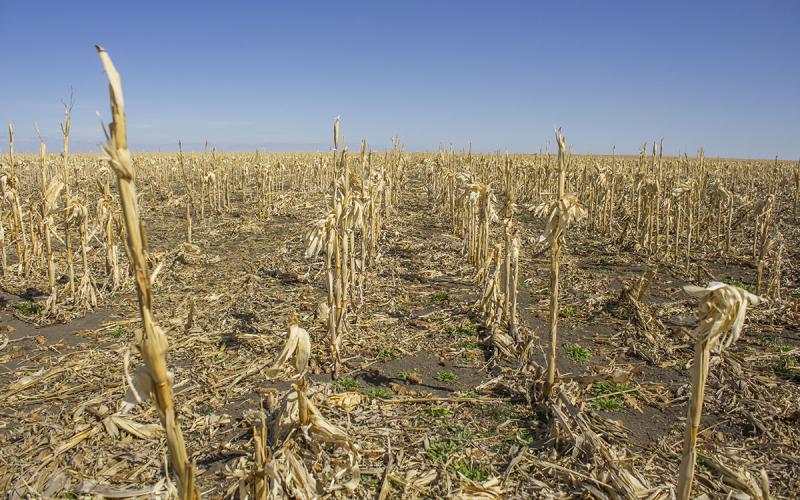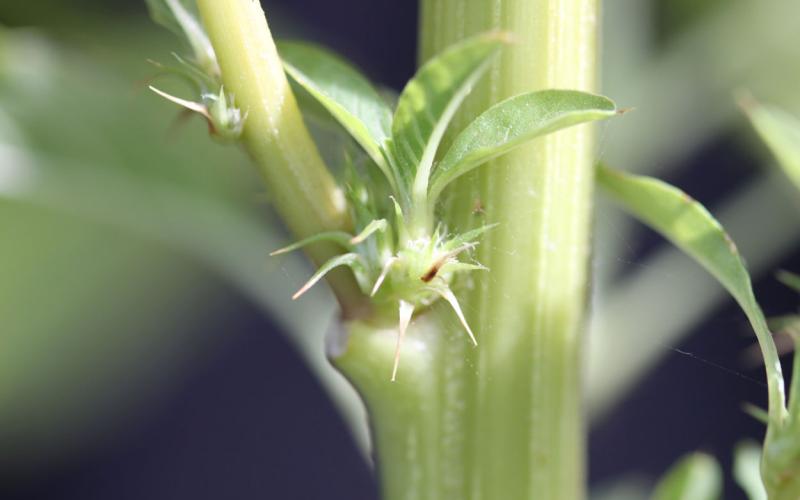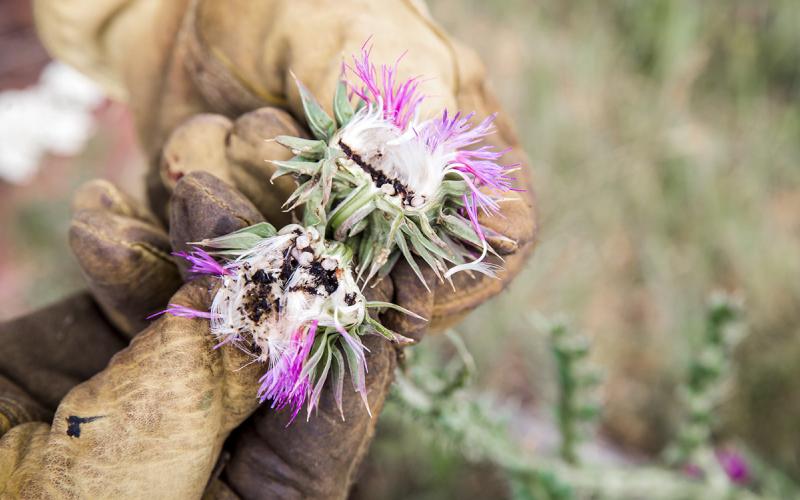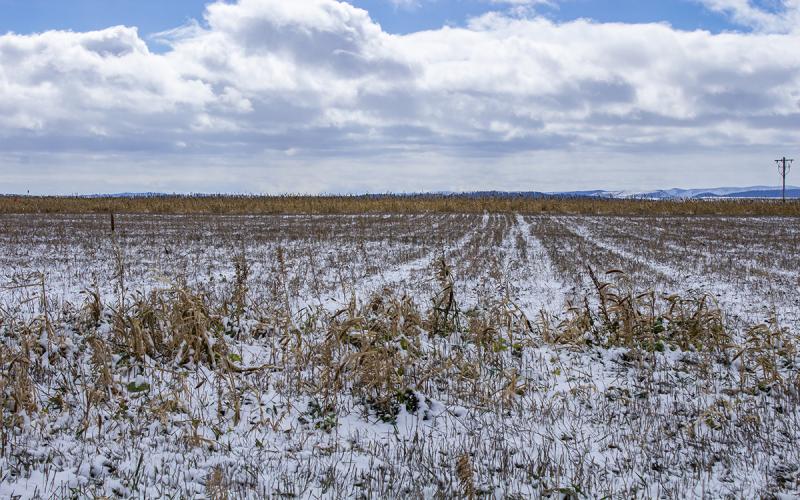
Written collaboratively by Eric Jones, Philip Rozeboom, Jill Alms, and David Vos.
As planting season approaches, no-till fields will likely need a burndown herbicide application to manage the established winter annual and early emerging summer annual weeds. At this time of the year, temperatures can be variable; warm one day and the following days can have nights with freezing temperatures. Burndown herbicides require relatively warm days and nights for the greatest activity.
Most herbicides that are applied for burndown usually have language on the label stating to apply when temperatures are above 55 degrees Fahrenheit. However, temperatures sustained at 60 to 70 degrees Fahrenheit for several hours after application will usually result in greater activity. When temperatures are lower, weeds are stressed and not actively growing. If the weeds are not actively growing, the herbicide may not effectively translocate or inhibit the target site, resulting in poor control.
If the daytime temperatures are ideal (i.e. 55 to 70 degrees Fahrenheit) but the nighttime temperatures are predicted to be below freezing, reconsider applying the burndown herbicide. If plant tissue freezes and dies, the herbicide may not effectively translocate or inhibit the target site, resulting in poor control. Wait until nighttime temperatures are sustained around 40 degrees Fahrenheit for several days after application.
If there are other adverse weather conditions in the forecast (i.e., rainfall and/or wind) coupled with cooler temperatures, modifications can be made to the spray variables. Increasing the herbicide rate (within labeled rates) can help with performance variability. Mixing different herbicides (i.e., glyphosate and 2,4-D) usually results in more-consistent control when compared with applying the herbicides individually. A more-feasible option is to increase the sprayer output. Increasing the sprayer output can increase the coverage to ensure the most amount of herbicide is being intercepted by the plant. While these measures can be implemented to mitigate decreased activity induced by colder temperatures, these measures still may not be as effective as spraying under ideal conditions.
Consult the latest South Dakota Pest Management Guides and the specific herbicide label to determine optimum weather conditions and rates for burndown herbicide applications.


